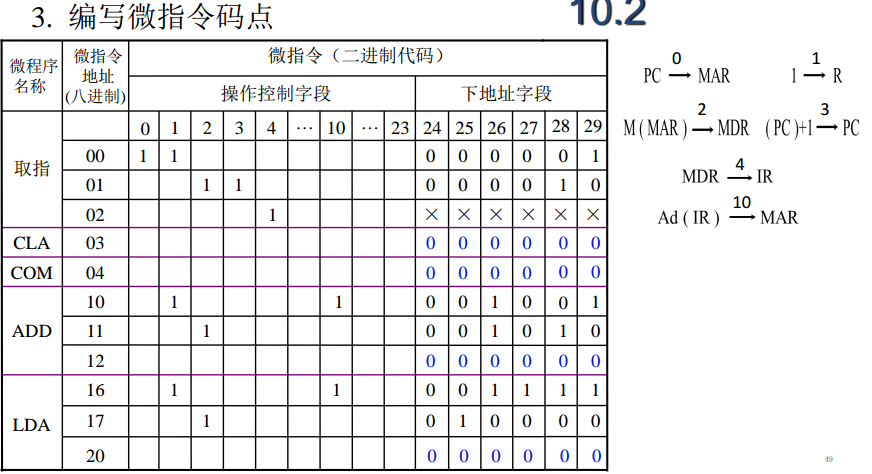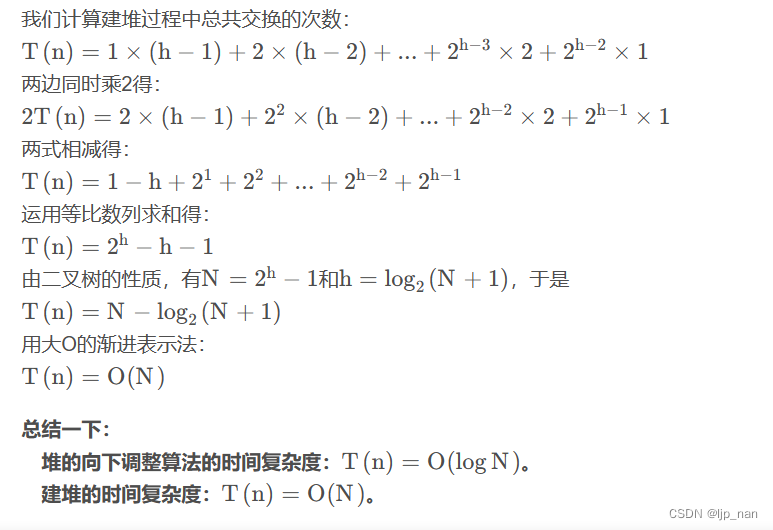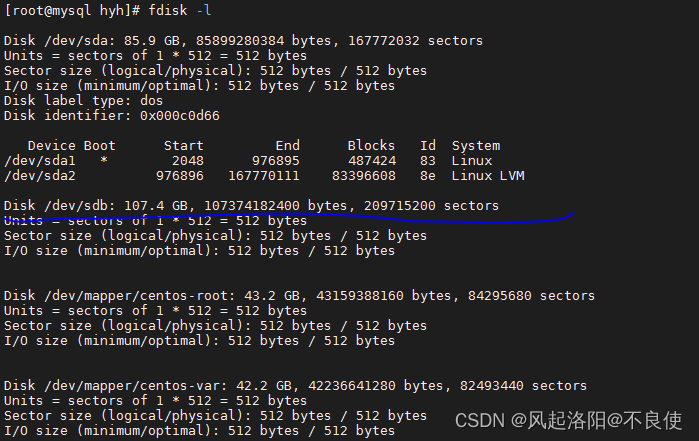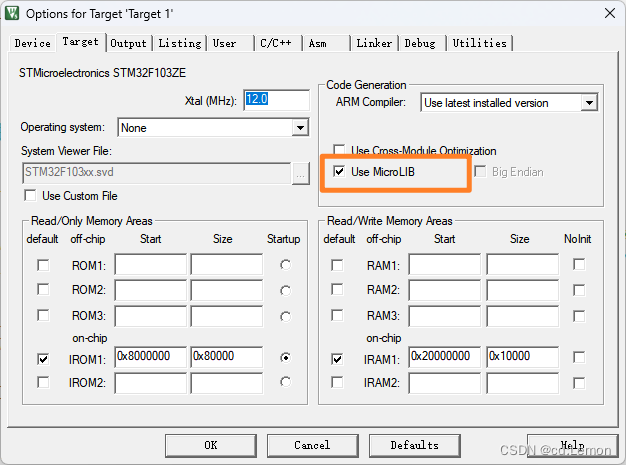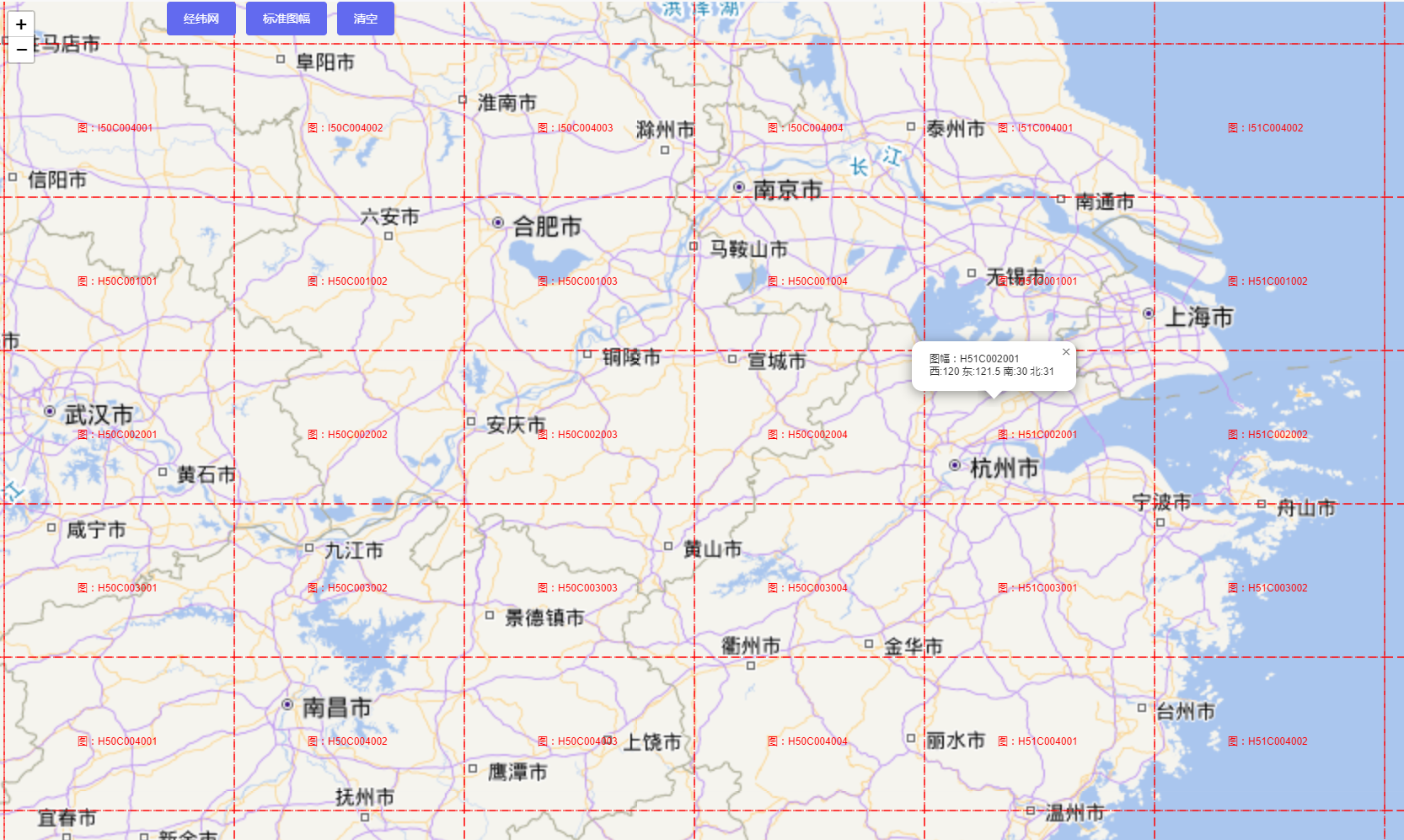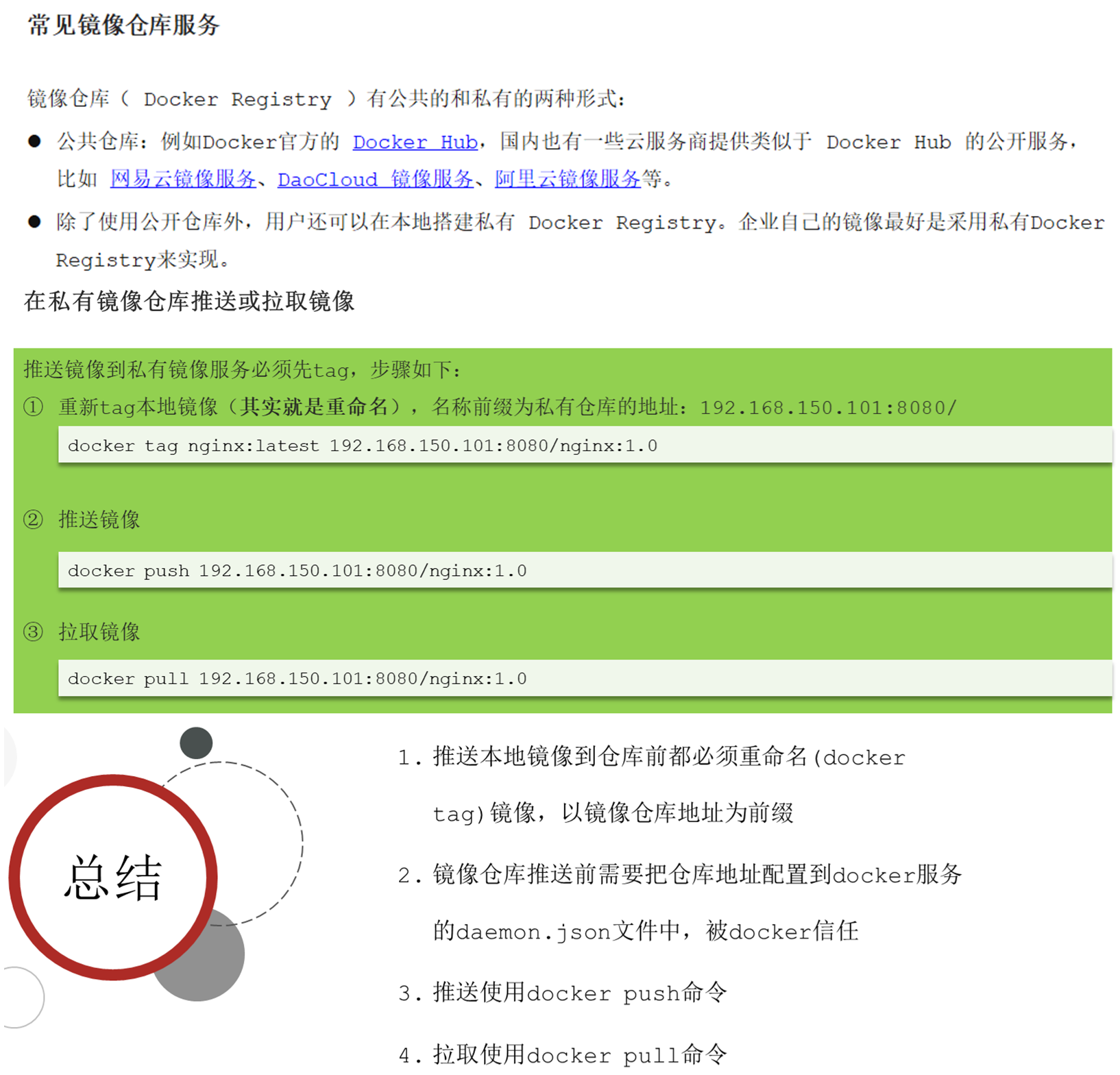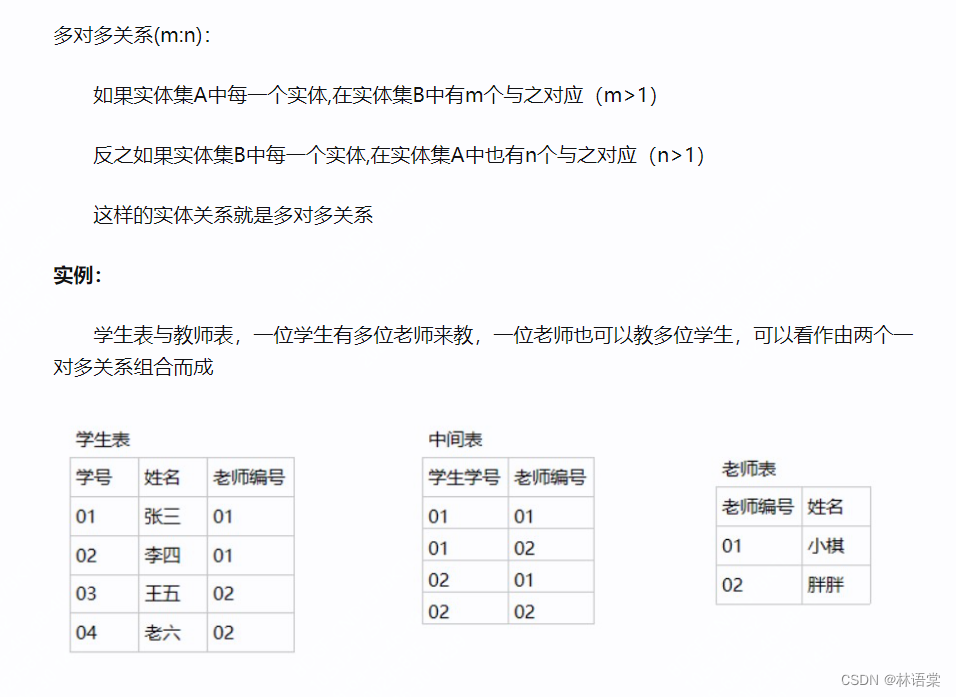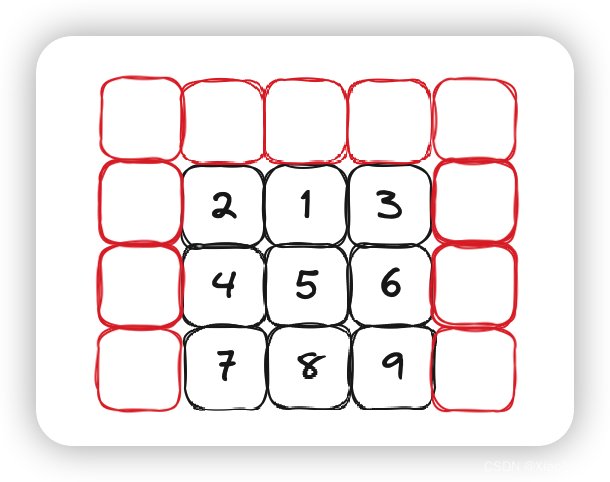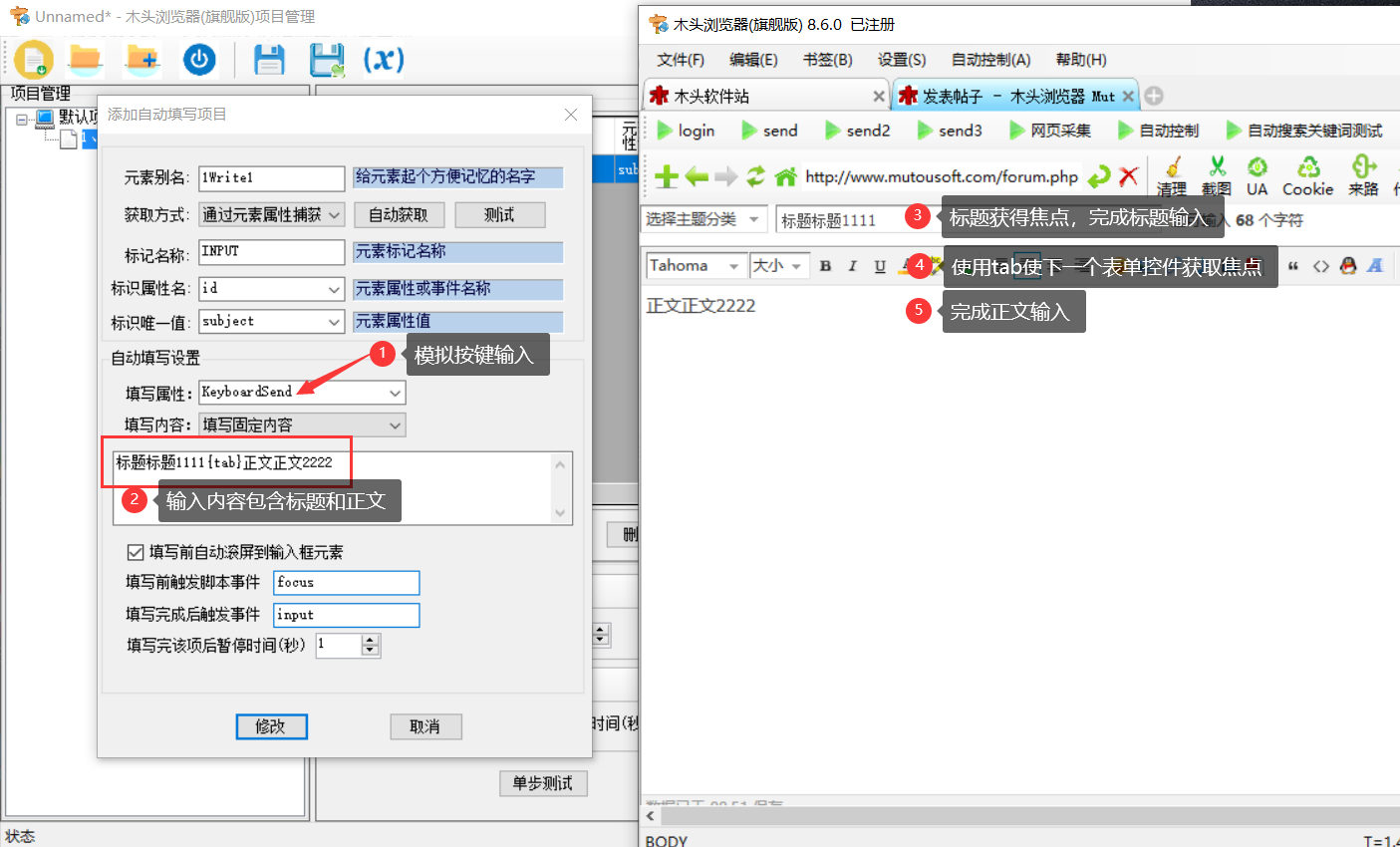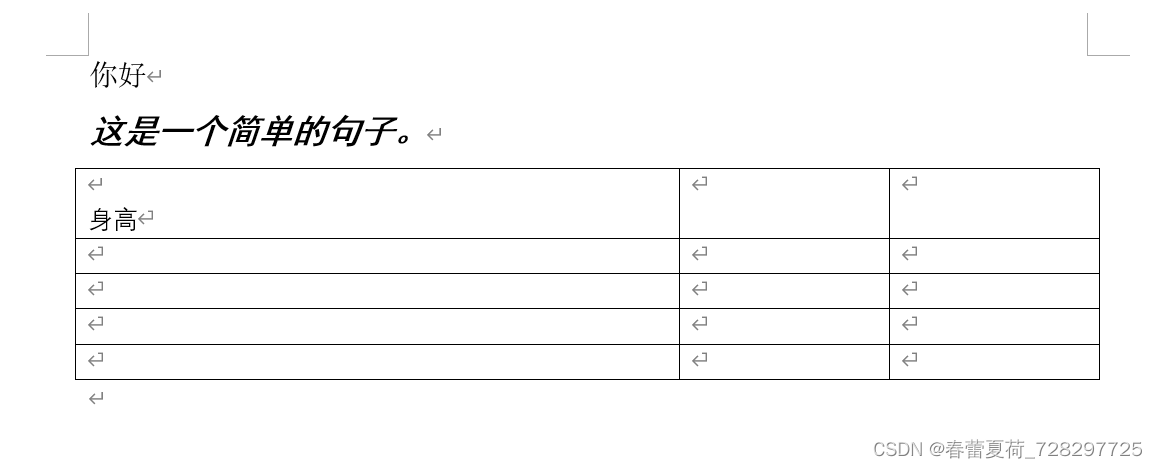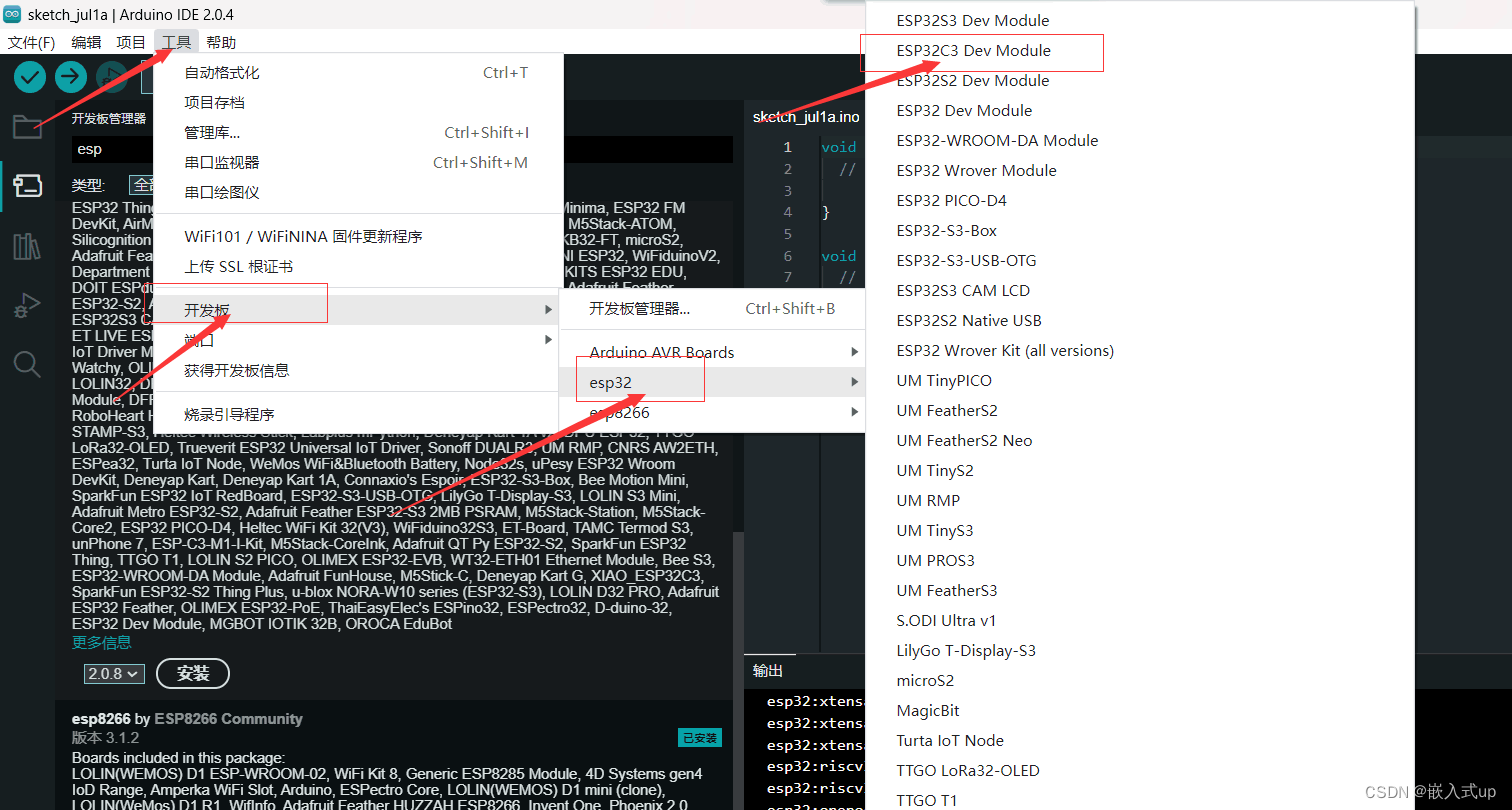堆
什么是堆?
堆是一种特殊的完全二叉树。完全二叉树的含义就是每层节点都完全填满,除了最后一层外只允许最右边缺少若干个节点。在 JavaScript 中通常用数组表示堆(按照广度优先遍历顺序)。
最大堆

最小堆

特性
- 所有的节点都大于等于它的子节点(最大堆)
- 或者所有的节点都小于等于它的子节点(最小堆)
- 左侧子节点的位置是 2 _ index + 1
- 右侧子节点的位置是 2 _ index + 2 (也就是在左子节点的基础上 + 1)
- 父节点的位置是 (index - 1) / 2
优点
- 高效、快速的找出堆的最大值和最小值,时间复杂度是 O (1)
- 找出第 K 个最大、最小元素
常用操作
插入
- 将值插入堆的底部,即数据的尾部
- 然后上移,将这个值和它父节点进行交换,直到父节点小于等于这个插入的值
- 大小为 k 的堆中插入元素的时间复杂度为 O (logK)
删除堆顶
- 用数组尾部元素替换堆顶(直接删除堆顶会破坏结构)
- 然后下移,将新堆顶和它的子节点进行交换,直到子节点大于等于这个新堆顶
- 大小为 k 的堆中删除堆顶的时间复杂度为 O (logK)
获取堆顶
- 返回数组的第 0 项
获取堆大小
- 返回数组的长度
基础案例
通过 Class 实现最小堆
class MinHeap {
constructor() {
this.heap = []
}
top() {
return this.heap[0]
}
size() {
return this.heap.length
}
getChildLeftIndex(i) {
return i * 2 + 1
}
getChildRightIndex(i) {
return i * 2 + 2
}
getParentIndex(i) {
return (i - 1) >> 1
}
swap(index1, index2) {
const temp = this.heap[index1]
this.heap[index1] = this.heap[index2]
this.heap[index2] = temp
}
shiftUp(index) {
if (index === 0) return
const parentIndex = this.getParentIndex(index)
if (this.heap[parentIndex] > this.heap[index]) {
this.swap(parentIndex, index)
this.shiftUp(parentIndex)
}
}
shiftDown(index) {
const leftChildIndex = this.getChildLeftIndex(index)
const rightChildIndex = this.getChildRightIndex(index)
if (this.heap[leftChildIndex] < this.heap[index]) {
this.swap(leftChildIndex, index)
this.shiftDown(leftChildIndex)
}
if (this.heap[rightChildIndex] < this.heap[index]) {
this.swap(rightChildIndex, index)
this.shiftDown(rightChildIndex)
}
}
insert(value) {
this.heap.push(value)
this.shiftUp(this.heap.length - 1)
}
pop() {
this.heap[0] = this.heap.pop()
this.shiftDown(0)
}
}
const h = new MinHeap()
h.insert(3)
h.insert(2)
h.insert(1)
h.pop()
原文链接:菜园前端




